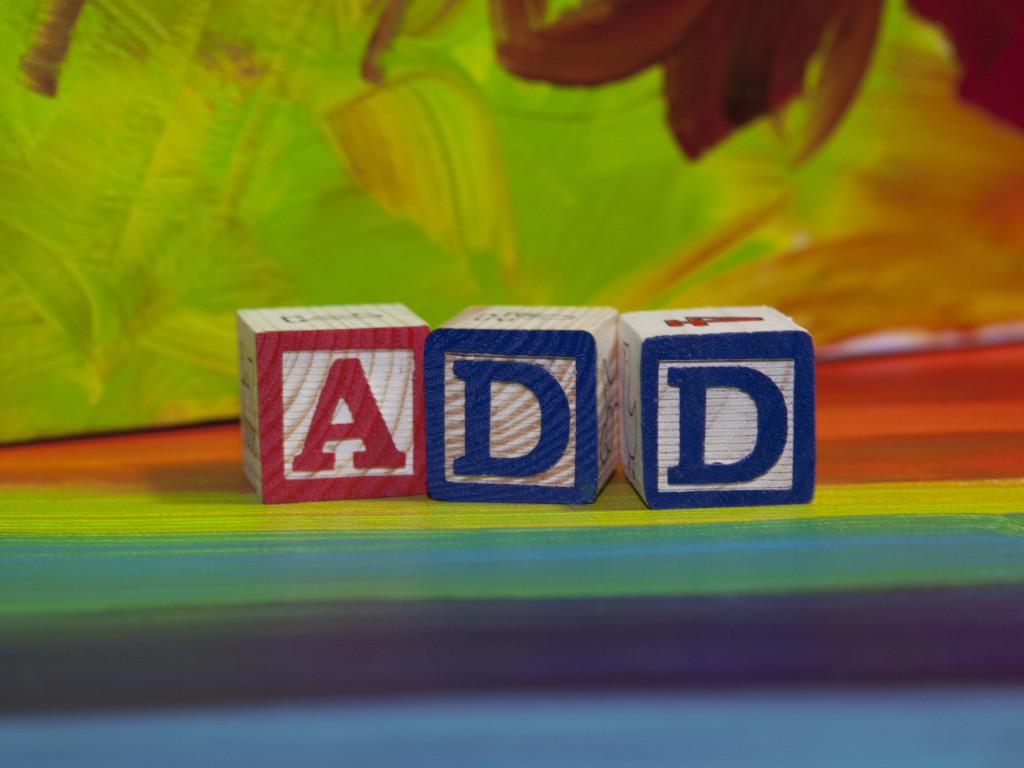
ADHD, Which stands for Attention-Deficit Hyperactivity Disorder, ranks as one of the most prevalent brain disorders among children and can persist into adolescence and adulthood. This condition is defined by two core features: inattention and impulsivity, and in some cases, hyperactivity. These characteristics significantly affect various aspects of behavior and performance, both at home and in educational settings.
ADHD typically presents itself in the early stages of life, often appearing between the ages of 3 and 6. It’s important to recognize that occasional distractions, impulsiveness, difficulty concentrating, and bursts of high energy are common among children and should not take into account that the child has ADHD. Those with ADHD grapple with these challenges on a daily basis.
Spotting the Signs: Symptoms of ADHD
Here are some common symptoms that are often observed in children with ADHD:
Inattentiveness:
- Struggles to complete tasks or follow through on instructions/ directions
- Appears not to be listening even when spoken to directly
- Finds it hard to maintain focus on activities
- Makes careless mistakes due to lack of attention to detail
- Experiences difficulty with organization
Impulsivity:
- Demonstrates impatience, struggling to wait their turn or for things
- Blurts out inappropriate comments or takes action without considering consequences
- Interrupts conversations or others’ activities
Hyperactivity:
- Constantly fidgets and squirms, even in a seated position
- Finds it challenging to remain seated when required
- Engages in excessive running and climbing
- Talks excessively
Unraveling the Causes of ADHD
While the exact causes of ADHD are still being studied, scientists believe that genetics plays a significant role. Other factors currently under investigation include environmental influences, fetal exposure and development, brain maturation, nutrition, and social surroundings, all of which may contribute to an increased risk of developing ADHD. Brain imaging studies have revealed delayed brain maturation and abnormal growth patterns in the brains of children with ADHD, particularly in areas associated with thinking, attention, communication, and planning.
Statistics and Persistence
According to the Centers for Disease Control, approximately 9.5% of children aged 3-17 have received a diagnosis of ADHD. It’s worth noting that girls are less likely than boys to be diagnosed with hyperactivity. An interesting fact is that about 90% of children with ADHD continue to experience symptoms as they transition into adolescence and adulthood, making long-term treatment an essential goal.
Addressing ADHD: Treatment Options
While there is currently no cure for ADHD, the best outcomes are often achieved through a comprehensive treatment plan. This plan may encompass:
- Parent training to develop effective strategies for managing ADHD-related behaviors
- Behavioral interventions designed to address specific challenges
- Tailored educational plans or programs to support academic success
- Education and awareness regarding the diagnosis and its management
- Medication, when deemed necessary based on individual needs
It’s important to recognize that ADHD can impact not only the individual but also their family. Coping with the behavioral problems associated with ADHD can lead to increased stress, depression, and marital discord within families. Seeking treatment for children with ADHD, as well as support for family members, can foster better understanding, coping mechanisms, and education within the family unit.
Frequently Asked Questions (FAQs)
What is ADHD, and who does it affect?
ADHD stands for Attention-deficit Hyperactivity Disorder. It’s a common brain disorder that often starts in childhood and can continue into adolescence and adulthood. ADHD is characterized by two main features: inattention impulsivity, and sometimes hyperactivity. It affects behavior and performance at home and in school.
At what age does ADHD typically appear, and how can I distinguish it from common childhood behaviors?
ADHD often emerges between the ages of 3 and 6, but it’s important to differentiate it from normal childhood behaviors.
How can I tell if my child might have ADHD?
While occasional distractions and bursts of energy are normal in kids, watch out for these signs: difficulty completing tasks, not paying attention when spoken to, trouble focusing on activities, careless mistakes, and organizational challenges. If these behaviors persist and interfere with daily life, it might be ADHD.
What causes ADHD?
Scientists believe genetics play a significant role in ADHD. Other factors being studied include environment, fetal development, brain maturation, nutrition, and social factors. Brain imaging shows differences in brain growth and function in kids with ADHD, especially in areas linked to attention and planning.
How does ADHD affect families?
ADHD can impact not only individuals but also their families. Coping with behavioral challenges can lead to increased family stress, depression, and conflicts. Seeking treatment for a child with ADHD and support from family members can promote understanding, coping strategies, and better education within the family.




